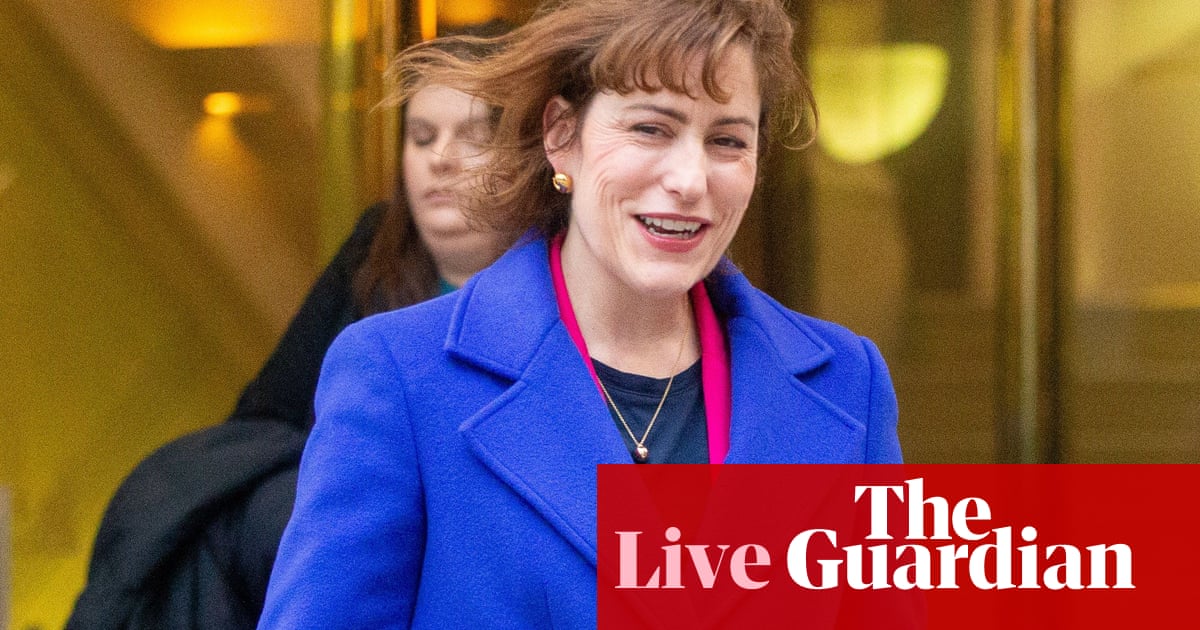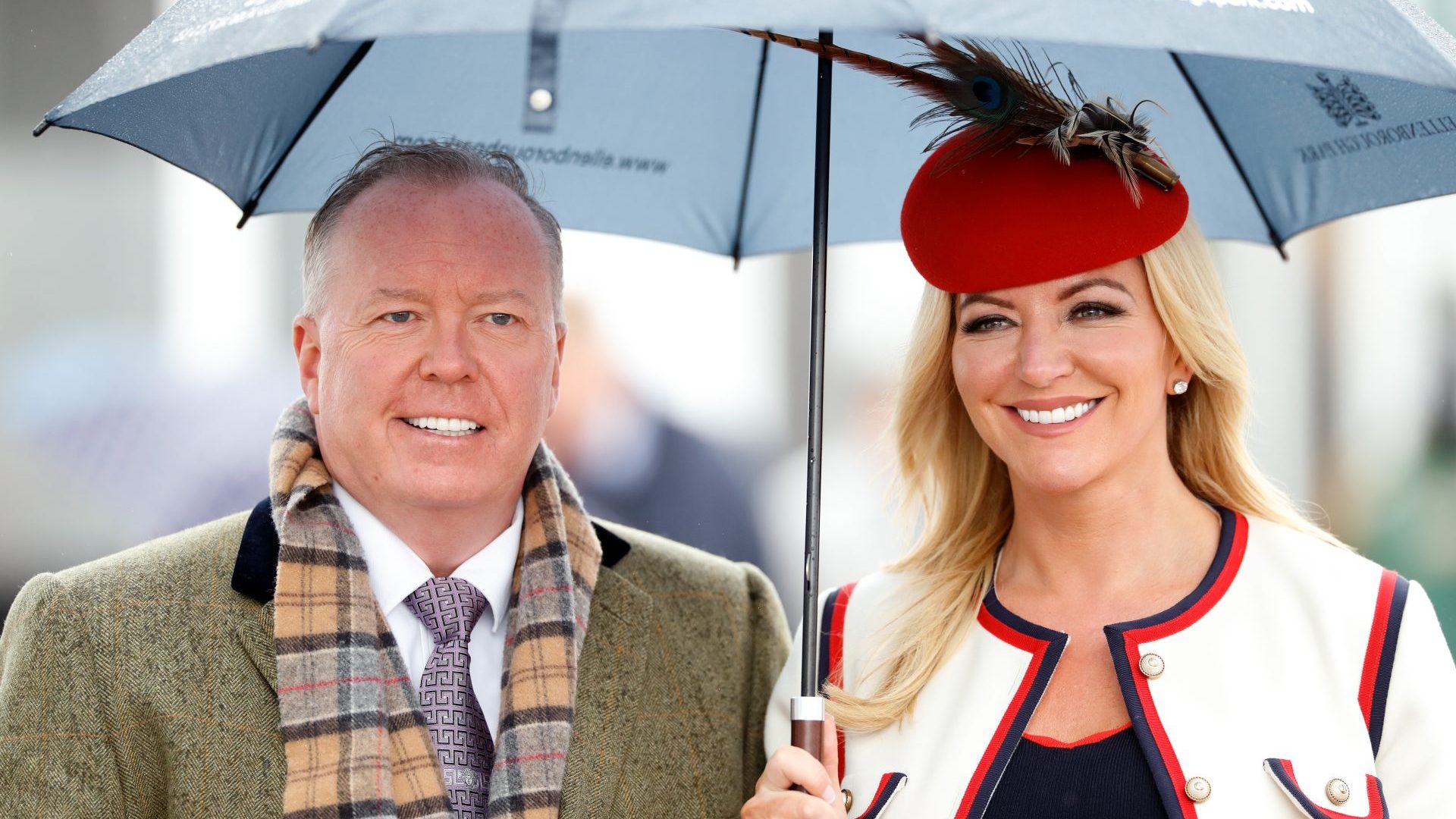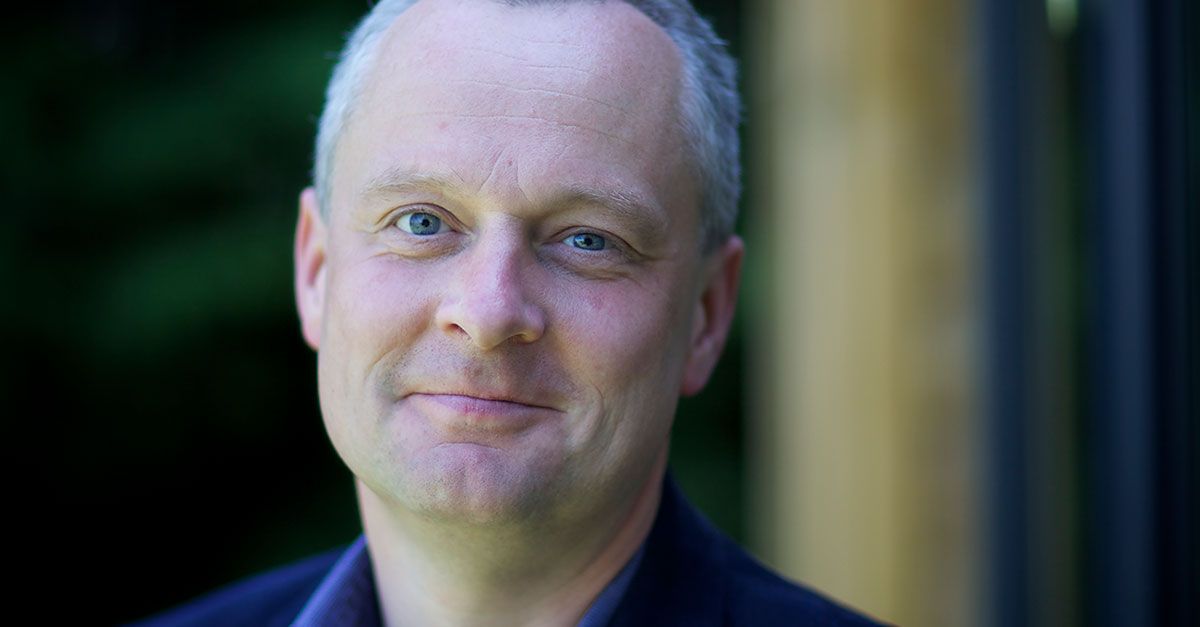Cowper’s Cut 302: Winter crisis? What winter crisis?


As if by magic, a phone call to NHS England will make all your A&E problems disappear in a puff of hope
Sigh. I wrote in early December’s Cut that new Health But Social Care Secretary Victoria Atkins was ill-advised to tell the national media that avoiding a winter NHS crisis was her “number one priority”.
I did so because there was obviously going to be a 2023-4 winter crisis, since urgent and emergency care provision had not durably expanded since 2022-3’s truly appalling winter (HSJ reported this week that the number of ‘core’ acute beds has fallen in seven health systems since the summer, according to official sitrep data; a further four integrated care systems have only reported a handful of extra beds); and because vaccination uptake (Covid and flu) remained low.
Imagine my surprise to see unarguable proof that the winter crisis was well and truly with us in what has (thus far) been a mild winter.
HSJ’s Lawrence Dunhill reports that SOS Atkins and the Department For Health But Social Care’s increasingly laughable wholly-owned subsidiary NHS England have launched a crackdown on 10-hour ambulance delays.
No, really.
The five worst-performing trusts for ambulance handover delays were called into a telephone ‘meeting’ with the Secretary Of State. You have to wonder what prize the next five worst-performing trusts will get: two ‘meetings’ with SOS?
Lawrence reports that “the call with NHSE’s chief executive Amanda Pritchard and emergency care boss Sarah-Jane Marsh … outlined new protocols for long handover delays. This will involve a new national escalation process being triggered when a patient has been waiting in an ambulance outside an emergency department for eight hours. They said national teams should be contacted at this point, so they can step in to help resolve the situation and avoid 10-hour delays.
“This would be a “backstop” – to stop 10-hour waits ever occurring – rather than a “target”, it was stressed.”
So eight-hour delays are fine, but ten-hour delays are not?
And national teams have a wave-able magic wand to fix these well-known problems?
Mmmmmmm.
Niche.
Lawrence also writes that NHSE CE Amanda Pritchard “urged systems to open as much capacity as possible, as quickly as possible, due to concerns about handovers and overcrowding when junior doctors go on strike.
“This prompted several questions about whether financial targets would be relaxed if escalation wards were opened, to which the answer according to one source, was that it is for systems to determine. Some systems are relying on maintaining enough planned-care activity through winter to trigger elective recovery funding to balance their books”.
What a mess.
And the peak mixing of the festive season, with the consequent spread of respiratory diseases, still lies ahead.
As do the strikes.
Consultants vote for more strikes option if pay offer rejected
BREAKING: Consultant strike ballot in and its another resounding "YES"
— Dr Tony Goldstone (@goldstone_tony) December 18, 2023
Thank you @BMA_Consultants pic.twitter.com/qADEGAxa8C
BMA consultants have spoken, but we’re not yet completely sure what they’ve said.
On a 60% turnout, they voted by a large majority (just under 90%) to keep open the option of further strike action if they decide to reject the new pay offer from the Government. (Yes, the new pay offer that followed the PM’s vow that “there will be no more talks on pay”.)
SAS: Who Dares Wins A Pay Offer
SAS members in England have voted YES to give us a mandate for strike action.
— BMA SAS Doctors (@BMA_SAS) December 18, 2023
We also have a pay offer from Government, which we'll put to members via referendum. Until the pay offer referendum is complete, we won't call strike action. pic.twitter.com/IGhZ3T5JNG
The SAS doctors also voted to extend their mandate for the option to strike. They have a new pay offer, which as with the consultants, is being put to their membership without a recommendation.
The offer proposes changes to pay scales for specialty and specialist doctors on the 2021 contracts, with an additional uplift of between 6.10% and 9.22%, depending on where an individual sits on the scale. This is on top of the increase as part of the pay review process for 2023/24.
The offer comes as the grouping secured a mandate for taking strike action, with an overwhelming 93.76% voting in favour. Yes, that is a big number. (Specialist doctors are still being balloted, with their vote returning early next year.)
Junior doctors’ strike
Junior Doctors will today be on strike.
— Victoria Atkins (@VictoriaAtkins) December 20, 2023
My message to them is very simple:
Call off the strikes.
Come back to the table.
We have put an offer to consultants and specialist doctors. Let’s get this done.
Health But Social Care Secretary Victoria Atkins clearly has special insights into the thinking of junior doctors. Which is nice.

She told her media round on the opening day of the strikes this week that “many, many” doctors did not support the industrial action: interviewed on BBC Radio 4 Today, she claimed that “there will be many, many doctors listening to this who will be deeply uncomfortable that their committee has called these strikes at this time. And I would encourage anyone who feels like that, quietly, to consider whether this committee is representing their views”.
How many junior doctors is “many, many”, we must wonder?
Perhaps Mrs Atkins believes that junior doctors are related to the Piraha tribe in Brazil, of whom it is suggested that they use “a “one, two, many” language because it only contains words for “one” and “two” - for all other numbers, a single word for “many” is used”.
It’s not wildly convincing, given that in the summer’s ballot to extend the industrial action mandate, “of the 61 862 junior doctors entitled to vote in the ballot, 44 079 (71%) took part. Of those, 43 440 (98%) voted in favour of strike action, 718 (1.6%) voted against, and 21 voting papers were spoiled or invalid”.
That 98% vote in favour, on a 71% turnout, feels like “many, many”. But maybe that’s just me not being in touch with my inner Piraha.
Labour’s Health-y New Year
Harry Yorke of The Times was briefed that Labour will begin 2024 with a big campaign on the NHS. And this is not just a Health Week: it will be a Health Fortnight!

He reports that “Starmer will begin in early January with a fortnight-long campaign on Labour’s plans for the NHS, with Wes Streeting, the shadow health secretary, expected to accompany him on a visit to the north of England.
“A senior source said that choosing health for the first mini-campaign was prudent because it would coincide with the worst of the NHS winter crisis, rising waiting lists and six days of strike action by junior doctors. “It’s logical to start with health as it’s the place the Tories are failing most,” they said.”
It seems unlikely on previous form that there will be new announcements on how Labour will deliver the urgently-needed changes in a service that is struggling so badly. More performative promises of fiscal toughness are highly likely, instead: accurate diagnosis of the root problems and effective, efficient and evidenced solutions would be a lovely post-Christmas present.
A break with festive tradition

NHS England’s delay in publishing the Planning Guidance has broken the hardy festive tradition of publishing on Christmas Eve. Finance directors and suchlike types will be heartbroken.
This news was broken by HSJ’s Dave West, who reports that the Treasury refused to sign off on NHS England’s proposed guidance.
Dave quotes one source thus: “it’s all about what government think is realistically deliverable within the financial envelope they’re providing. A pretty big gulf between them and NHSE. It’s not just limited to elective.”
This fresh evidence of a lack of Government confidence in NHS England will not surprise ‘Cut’ readers. It is likely that their extant pressure on NHSE CE Amanda Pritchard will be ramped up in January, as the bad news on the peak of the winter crisis hits and hits and hits: she should not expect to appear in the New Year’s Honours list.
Prevent Blair!
The Tony Blair Institute has a new report calling for better prevention, using AI, prevention and screening tech.
Mmmmmmmmm.
In ‘Moving From Cure to Prevention Could Save the NHS Billions: A Plan to Protect Britain’, Sir John Bell’s introduction prescribes the following: “First, the new system for prevention must work outside but alongside the NHS, which must prioritise fixing other challenges in treatment waiting lists and acute care. Second, this needs to be convenient and accessible, digitised and community based. It requires few doctors and little physical infrastructure”.
The document proposes a new bureaucracy:, “Protect Britain – a new, nationwide preventative-health programme that would sit alongside the NHS, reporting to the Secretary of State for Health. The programme would bring preventative vaccines and therapeutics to everyone in Britain who is at heightened risk of dying or having their quality of life or employability threatened by a preventable or chronic disease. Preventable conditions are costing the NHS and wider society hundreds of billions of pounds.
“Even if this programme reduced the prevalence of preventable conditions by a third, it would massively reduce treatment costs, save lives and make Britain more productive.
“This needs to be delivered in the most effective way possible, and not solely through traditional primary-care routes, but rather by building on the infrastructure that successfully delivered Covid-19 vaccines such as mobile clinics and data-led outreach, adding new ways to protect and reach the widest set of people. It must have innovation at its core”.
Great. So what do you stop doing, to fund this?
The document does not say.
It admits that they haven’t got the numbers: “This programme could potentially save the NHS billions in treatment costs – for example, reducing obesity by 10 per cent could save the NHS £2 billion a year. TBI will be publishing detailed modelling in a paper next year that sets out cost savings in more detail.” Documents with shiny aspirations but no numbers are just PR.
There is some real guff, such as its suggestions that “Protect Britain would adopt a similar delivery model to the vaccination infrastructure built during the Covid-19 pandemic”. As anyone who’s been paying attention knows, the pandemic vaccination infrastructure (including vaccine research/manufacture facilities and wastewater ‘early warning’ testing) has been stopped, shut or sold.
Monewatch: Everybody’s New Favourite Noble Baroness
One must have a heart of stone not to laugh at the travails of nominative deterministe ne plus ultra, everybody’s new favourite noble Baroness Mone of Medpro.

Christmas is a time for giving, and ENFNB is the gift that keeps on giving and giving and giving. That is, having been found out for taking and taking and taking.
The Times’ crime correspondent Tom Witherow has been briefed that “the National Crime Agency has been handed a “vast” dossier of evidence on Baroness Mone”. The article quotes an un-named source in the DHSC as saying of ~Baroness Mone’s claims that she declared her interest in PPE Medpro, “it is categorically false that she declared everything to the department. I’ve gone back and looked through paperwork.”
Witherow reports that “The NCA is considering allegations of conspiracy to defraud, fraud by false representation, and bribery, which Mone and Barrowman, 58, “categorically deny”.”
Lord Bethell’s lost phone
Dear Lord Bethell,
— Mike Galsworthy (@mikegalsworthy) December 18, 2023
According to you, you lost your phone "in early 2021" and, as a result, you were unable to access WhatsApp messages from 2020 or earlier.
The screenshot above looks very much like a WhatsApp message (in dark mode) and is dated "4 Oct 2020".
In which case, it…
Incredible scenes as Lord Bethell promptly recalls a message from Mone to defend Sunak. Which would have been just dandy but…
— Disappointed Optimist (@disappoptimism) December 18, 2023
Didn’t he tell the covid enquiry he lost his phone? pic.twitter.com/FwpVJ0Ar2F
A decade is a long time in the NHS
December 2013:

December 2023:
Merry Christmas, innit
You’ve made it this far? Well done - and best wishes for a Happy Christmas and a healthy 2024 for you and yours.
Recommended and required reading
Tim Brighouse was a key reformer in education, not the NHS: this tribute from the Financial Times’ Christopher Cook to his achievements and methods is a key read.
Given all of everybody’s new favourite Noble Baroness Mone’s Mone-ing about getting done for supplying dodgy PPE, Richard Brooks’ ‘Profits Of Doom’ in Private Eye bears re-reading.
Diane Coyle, Bennett Professor of Public Policy at the University of Cambridge’s REAL Challenge lecture argues that addressing and improving productivity is essential to securing the future of the NHS.
Lib Dem analysis of NHS Digital data shared with The Times highlights the pressures from obesity, with 3,000 ward admissions a day linked to obesity: a 50% rise in six years.
Marina Hyde’s Guardian column on the Mone-Barrowman show is a masterpiece
Typically excellent House Of Commons Library summary on the medical strikes.
NHS England chair Richard Meddings didn’t try to jump the queue, you know.





